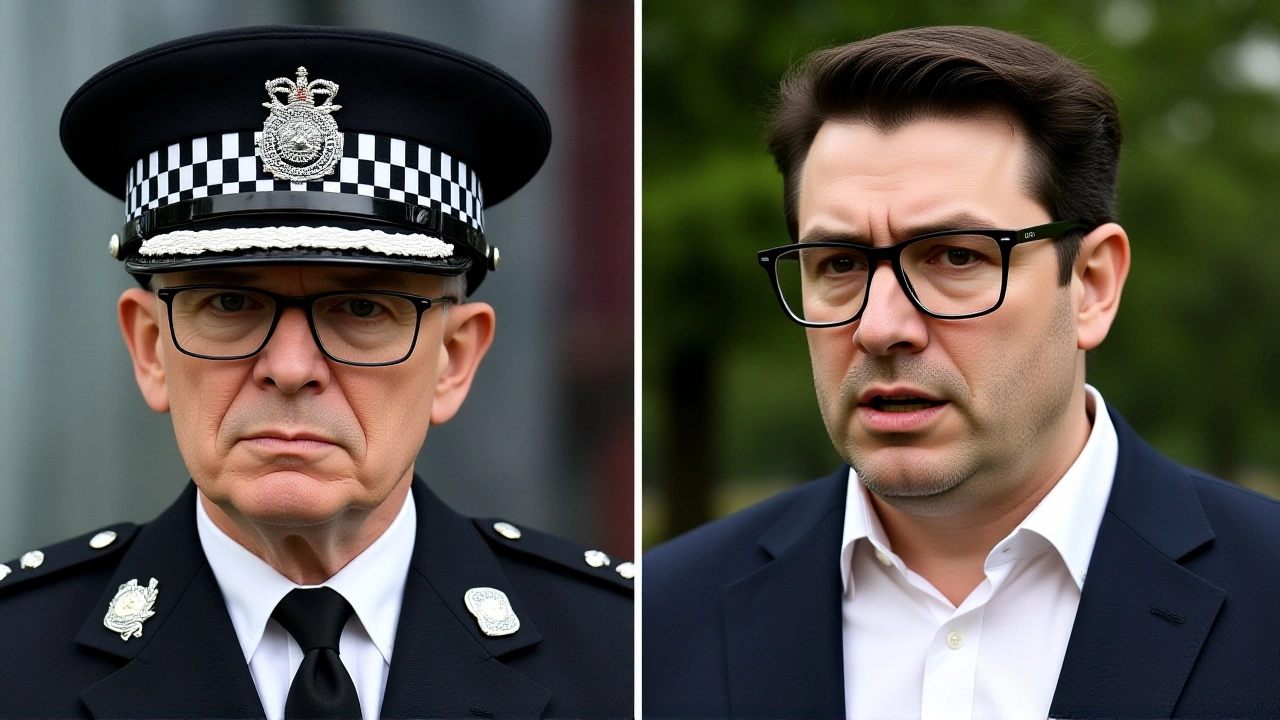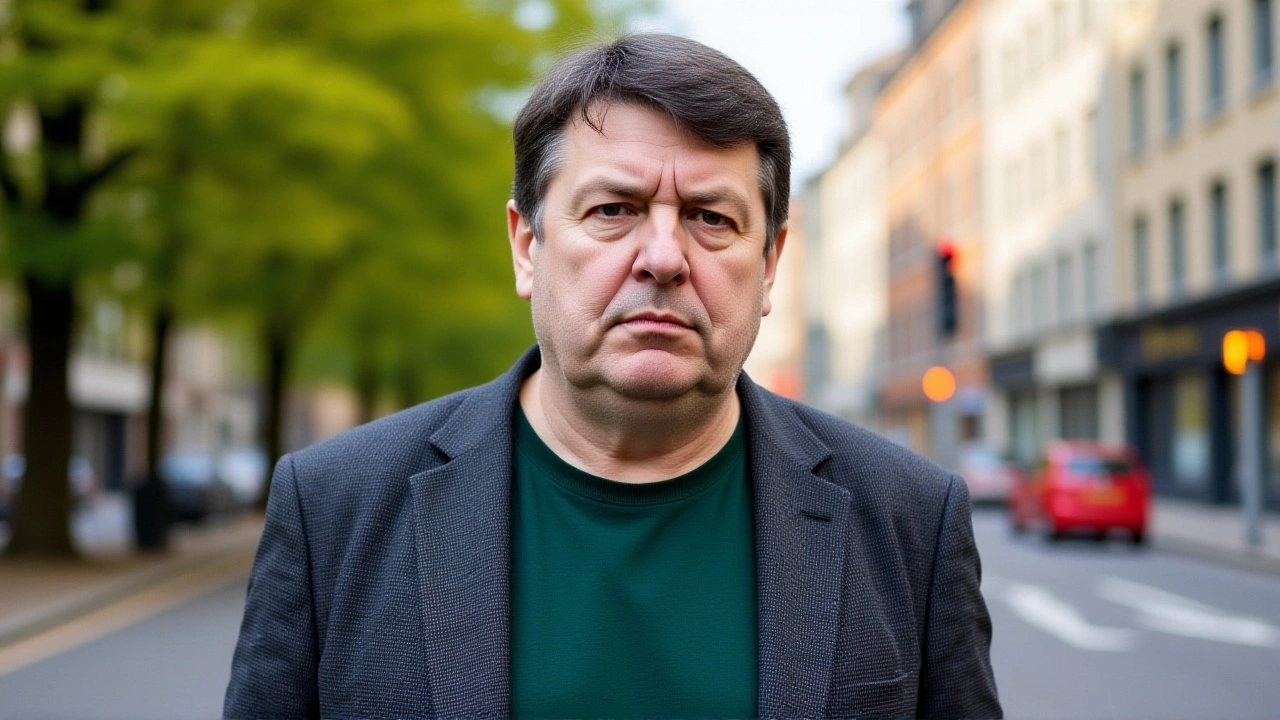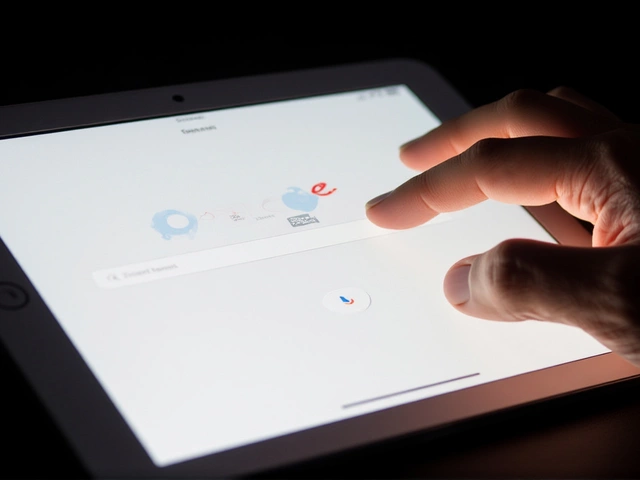When Graham Linehan, the 57-year-old Irish writer behind Father Ted and The IT Crowd, walked out of Westminster Magistrates’ Court on November 25, 2025, he left with a fine — but not a conviction for harassment. The verdict, delivered by District Judge Briony Clarke, was a legal tightrope: Linehan’s online attacks on transgender activist Sophia Brooks were called ‘deeply unpleasant’ — yet not criminal. But when he snatched her phone and dropped it to the ground outside the Battle of Ideas conferenceLondon, the judge had no doubt. That was criminal damage. And for that, he’s paying £500.
What Happened Outside the Conference?
The incident occurred on October 18, 2024, eight days after Linehan posted a series of inflammatory tweets targeting Brooks, calling her a ‘domestic terrorist’ and asking, ‘how many children she’d groomed.’ Brooks, then 17 or 18, was filming Linehan as he approached her. Prosecutors say he stormed up, angry and agitated, grabbed her phone, and hurled it to the pavement. The phone’s screen cracked. Security footage, played in court, showed his face contorted — not in protest, but in rage. Judge Clarke didn’t buy Linehan’s claim that it was a ‘reflex.’ She noted: ‘He was not using reasonable force.’Linehan’s defense lawyer, Sarah Vine, argued the moment was a ‘lapse of control’ — a human reaction to years of online harassment. But the law doesn’t excuse rage with a phone. The judge made it clear: you can’t punch a screen with your hands and call it free speech.
Why Wasn’t It Harassment?
Here’s the twist: the judge didn’t dismiss Linehan’s social media behavior as harmless. She called it ‘insulting and unnecessary.’ But under UK law, harassment requires a pattern of behavior intended to cause distress — and she wasn’t convinced Brooks’s testimony was fully reliable. ‘I was not satisfied that the complainant was giving entirely truthful evidence,’ Clarke said. Meanwhile, Linehan came across as calm, coherent, and credible on the stand. He described himself as ‘a target’ — and claimed his life had been ‘made hell’ by activists.But here’s what the court didn’t find: evidence that Linehan targeted Brooks because she was transgender. That’s a key legal distinction. Without proof of hostility based on gender identity, the harassment charge couldn’t stick. It wasn’t a win for his views — just a failure to meet the legal threshold.

A History of Legal Trouble
This isn’t Linehan’s first courtroom battle. In 2018, he was investigated after sharing private photos and details of transgender woman Stephanie Hayden — including her deadname and past addresses — calling her a ‘criminal.’ Police issued him a verbal warning. He countered by accusing Hayden of doxxing his family. The case fizzled, but the pattern was clear: public attacks, personal exposure, and a refusal to back down.Then came his Twitter ban in 2020 — permanent, for ‘hateful conduct.’ He circumvented it by creating a fake account pretending to be a transgender man, then used it to attack activist Colm O’Gorman. That account got banned too. In September 2025, he was arrested on suspicion of inciting violence against trans women — suggesting they should be physically assaulted if they used women’s restrooms. Prosecutors dropped the case, with London’s police chief saying they wouldn’t ‘policing toxic culture war debates.’
What This Means for Online Speech
The verdict has ignited firestorms on both sides. Free speech advocates are cheering the dismissal of the harassment charge, calling it a win for unpopular opinions. Trans rights groups are furious — not because he was convicted of damaging a phone, but because the court didn’t see his words as hate speech. They argue: if calling someone a ‘groomer’ and a ‘terrorist’ isn’t harassment, what is?Legal experts say this case highlights a growing gap between public outrage and legal definitions. ‘Courts don’t punish offensiveness — they punish harm that meets statutory criteria,’ said Dr. Eleanor Whitmore, a media law professor at King’s College London. ‘This isn’t about whether Linehan’s views are moral. It’s about whether the law can prove intent and pattern.’
Linehan’s legal team has already announced plans to appeal the criminal damage conviction. The window for appeal is 21 days — meaning we could see this back in court by mid-December. Meanwhile, Brooks, now 18, has said little publicly. But in a quiet interview with the BBC, she said: ‘I didn’t want a fight. I just wanted to be left alone.’

What Comes Next?
The appeal will focus on whether the judge misapplied the law on ‘reasonable force.’ Linehan’s lawyers may argue the phone was never meant to be destroyed — just taken away. But the footage shows otherwise. And with no new evidence expected, the appeal is a long shot.Meanwhile, the case has become a flashpoint. In Ireland, where Linehan holds citizenship, lawmakers are being pressured to review hate speech laws. In the UK, advocacy groups are drafting proposals to expand the legal definition of harassment to include targeted, dehumanizing language — even if it’s not repeated daily.
For now, Linehan remains a cultural icon — and a lightning rod. His sitcoms made millions laugh. His tweets make thousands furious. But the law, as it stands, only punishes what it can prove — not what it finds morally repugnant.
Frequently Asked Questions
Why wasn’t Graham Linehan convicted of harassment despite calling Sophia Brooks a ‘groomer’?
The court found his social media posts deeply offensive, but not legally harassing. UK law requires proof of a sustained pattern of behavior intended to cause distress — and the judge questioned the credibility of the complainant’s testimony. Without clear evidence that Linehan targeted Brooks specifically because she was transgender, the charge didn’t meet the legal threshold.
What’s the difference between criminal damage and harassment in this case?
Harassment involves repeated conduct meant to alarm or distress — which the court couldn’t prove. Criminal damage is straightforward: intentionally destroying or damaging property. The video showed Linehan grabbing Brooks’s phone and dropping it, causing visible harm. That’s a clear, one-time act — and the law doesn’t care why you did it, only that you did.
How has Graham Linehan’s past legal history influenced this case?
His 2018 case involving Stephanie Hayden established a pattern of doxxing and misgendering, which prosecutors referenced to show motive. Though no formal charges were brought then, the court noted his history of targeting trans individuals. However, past behavior alone doesn’t prove guilt — it only helps contextualize intent, which the judge found insufficient for harassment.
Why did prosecutors drop the September 2025 charge of inciting violence?
London police concluded Linehan’s statements, while extreme, didn’t meet the threshold for incitement under UK law. They require direct calls to imminent violence, not abstract or ideological statements. The chief of police stated they wouldn’t criminalize ‘culture war debates,’ signaling a policy choice to avoid overreach — even when speech is toxic.
What’s the significance of the £500 fine?
The fine is modest — £500 is typical for low-level criminal damage — but the symbolic weight is heavy. It’s the only legal consequence Linehan faces after years of controversy. For critics, it’s a slap on the wrist. For supporters, it’s proof the system still holds people accountable for actions, not just words.
What’s likely to happen if Linehan appeals the criminal damage conviction?
An appeal would challenge whether the judge correctly interpreted ‘reasonable force’ — but the video evidence is damning. Without new witnesses or forensic analysis, overturning the verdict is unlikely. The court may reduce the fine, but a full acquittal is improbable. The appeal’s real goal may be to generate public sympathy, not legal reversal.





